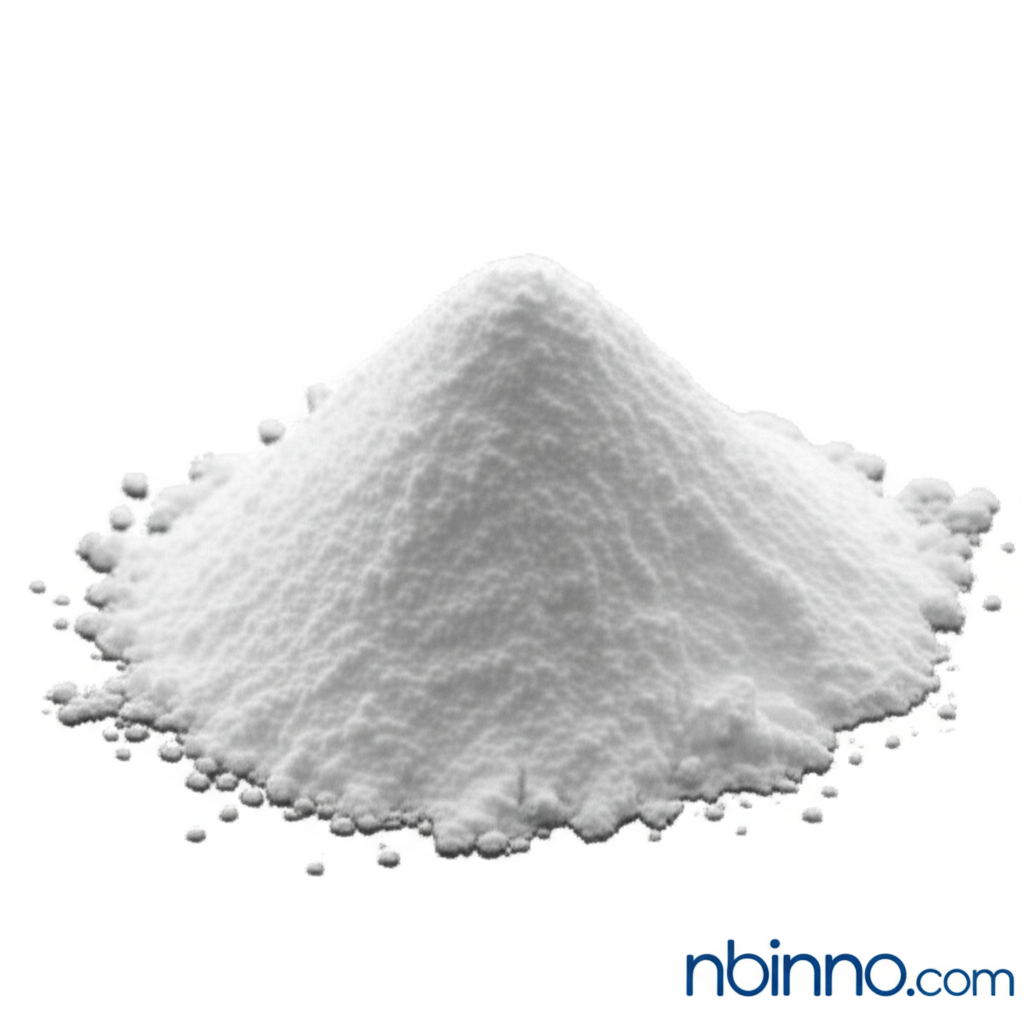High Purity Spermine Tetrahydrochloride Powder
Essential polyamine for cell growth, DNA regulation, and biological research applications.
Get a Quote & SampleProduct Core Value

Spermine Tetrahydrochloride
Spermine Tetrahydrochloride is a vital polyamine derivative crucial for eukaryotic cell growth. It plays a significant role in regulating gene expression, protecting cells by scavenging free radicals, and inhibiting DNA damage, making it invaluable in various biological research settings. Its ability to precipitate DNA from low salt aqueous buffers is particularly noted for flow cytometric analysis, contributing to advancements in understanding cellular functions and diseases.
- Discover the importance of spermine tetrahydrochloride in regulating gene expression for advanced biological studies.
- Leverage spermine tetrahydrochloride powder for precise DNA precipitation in flow cytometric analysis.
- Explore the protective effects of this polyamine for cell growth and inhibition of DNA damage.
- Investigate the anti-aging and disease prevention potential of spermine tetrahydrochloride in your research.
Key Advantages
Enhanced Cell Growth Support
This essential polyamine facilitates and supports robust eukaryotic cell growth, a critical factor for many biological experiments and applications.
Advanced DNA Analysis
Utilize the high purity spermine tetrahydrochloride for accurate DNA precipitation, crucial for detailed flow cytometric analysis and other molecular biology techniques.
Cellular Protection Mechanism
Benefit from its role as a free radical scavenger and DNA damage inhibitor, contributing to cellular health and resilience in research models.
Key Applications
Biotechnology Research
Essential for studying cell growth regulation and gene expression, contributing to breakthroughs in biotechnology.
Molecular Diagnostics
Its DNA precipitation capabilities are vital for accurate sample preparation in diagnostic procedures.
Anti-Aging Studies
Investigate its potential benefits in anti-aging research and cellular protection mechanisms.
Neuroscience Research
Explore its role as an inhibitor of NMDA and other targets relevant to neurological studies.
